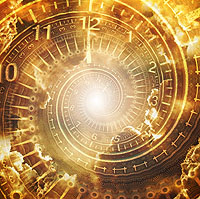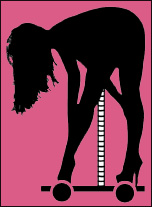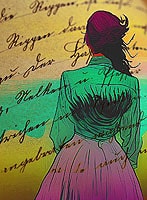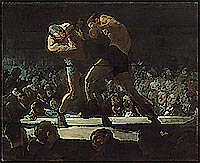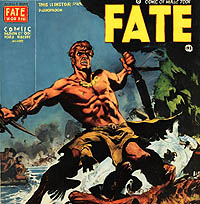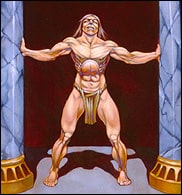1991, Harvard, Cambridge, MA, 208 pages [total book length 551 pages]
Most Americans that I know see the Islamic world as an intellectually stifling, technologically backward collection of nations which are either suspect allies or hostile powers. It might surprise these people that 800 years ago, just before the Mongol/Turkish hammer fell on the Islamic world, that the thinking men of the Islamic world looked upon the world of Christian Europe with virtually identical disdain.
In writing Fruit of The Deceiver and Forty Hands of Night, set in Cairo in the years 1200-1201, I came to the project with an understanding of Egypt that primarily drew on readings of ancient history and modern colonial history, with perhaps a dozen books read on the crusades and the Mongol invasions of the Near East. Cairo was a quintessentially Arab city, not a center conquered from earlier peoples like Alexandria, but a ground-up Arab-planned urban center.
To make matters worse, most of my Islamic history reading was military and focused on the Turkish dominated late Middle Ages. Cairo in the year 1200 was the ‘second city of Islam’ [I know my Iranian friends will disagree with me here.] in terms of political, economic and military importance. Bagdad was center stage—home of the Caliphate. I needed to read up on the Islamic world before it came under Mongol/Turkish influence.
Most of my civilian and intellectual oriented reading on this period focused on travelers and their journeys, and did not linger long on a given location. I looked to Albert Hourani’s classic history and found exactly what I needed. Albert sketches the world of Islam from its religious origins and then systematically updates the temporal world from east to west, along the Bagdad-Cairo-Granada access, with extensive asides on the Persian experience.
How people lived, traveled, ate, dressed, learned, and organized politically is all covered in this clearly elucidated history. It becomes clear from the beginning what a rich intellectual and artistic life the more privileged people living under Islam enjoyed in the Faith’s first 600 years. During that period the centers for science, philosophy, the arts, of critical thinking, and of the navigational sciences [later inherited by those Europeans in closest maritime contact with Islam] were all to be found in the Islamic world, or among the Indians and the Chinese they were in contact with.
During the period from 800-1200 when the ancient knowledge of the Greeks was preserved by Arab translators and when the sciences once again flourished, Christian Europe was a fundamentalist backwater where unwashed nations suffered under the ignorant rule of largely unlettered rulers. I picked up this book to help me sketch a more accurate period adventure backdrop. But I set it down wondering about what it was that made the Islamic Middle Ages so intellectual in tone, and the Christian Middle Ages by comparison such a beastly blood bath.
Perhaps Mister Hourani will enlighten me in the next segment of the book, which does bring the history of the Arab Peoples up to 1967, with an afterward covering the 70s and 80s.
A History of the Arab peoples is one of the more pleasant and lucid general lineal historical texts I have accessed.


